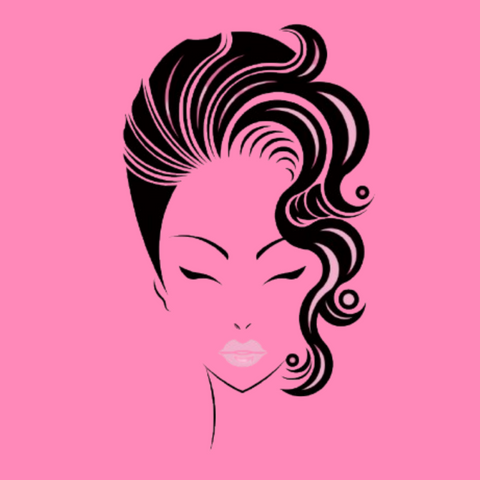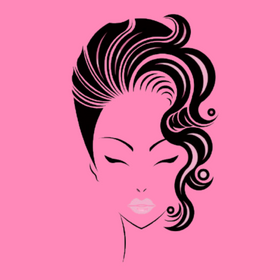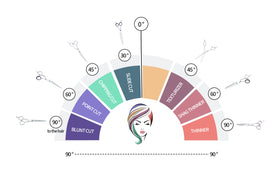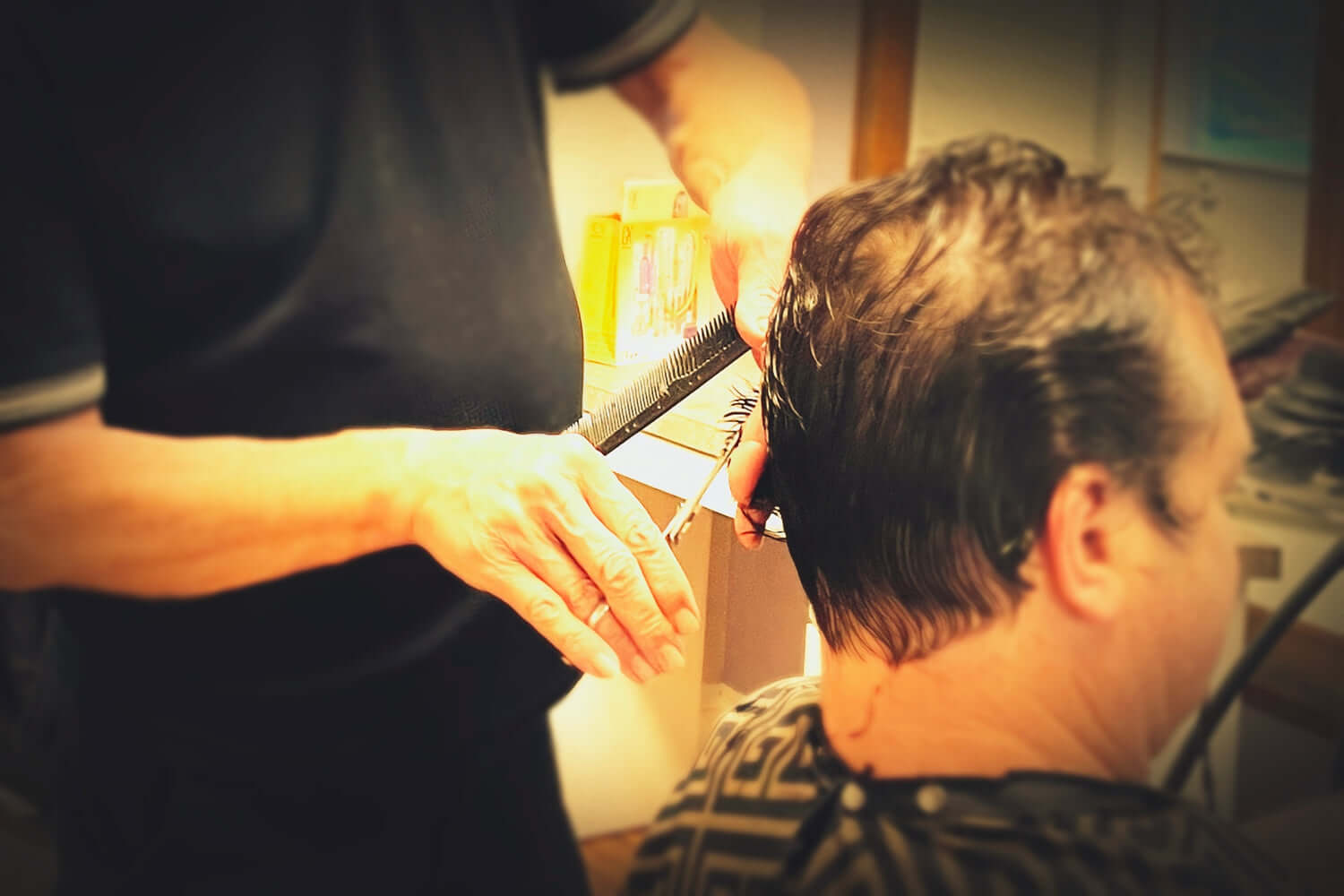Essential Hairdressing Scissors: Types, Uses, and How to Choose
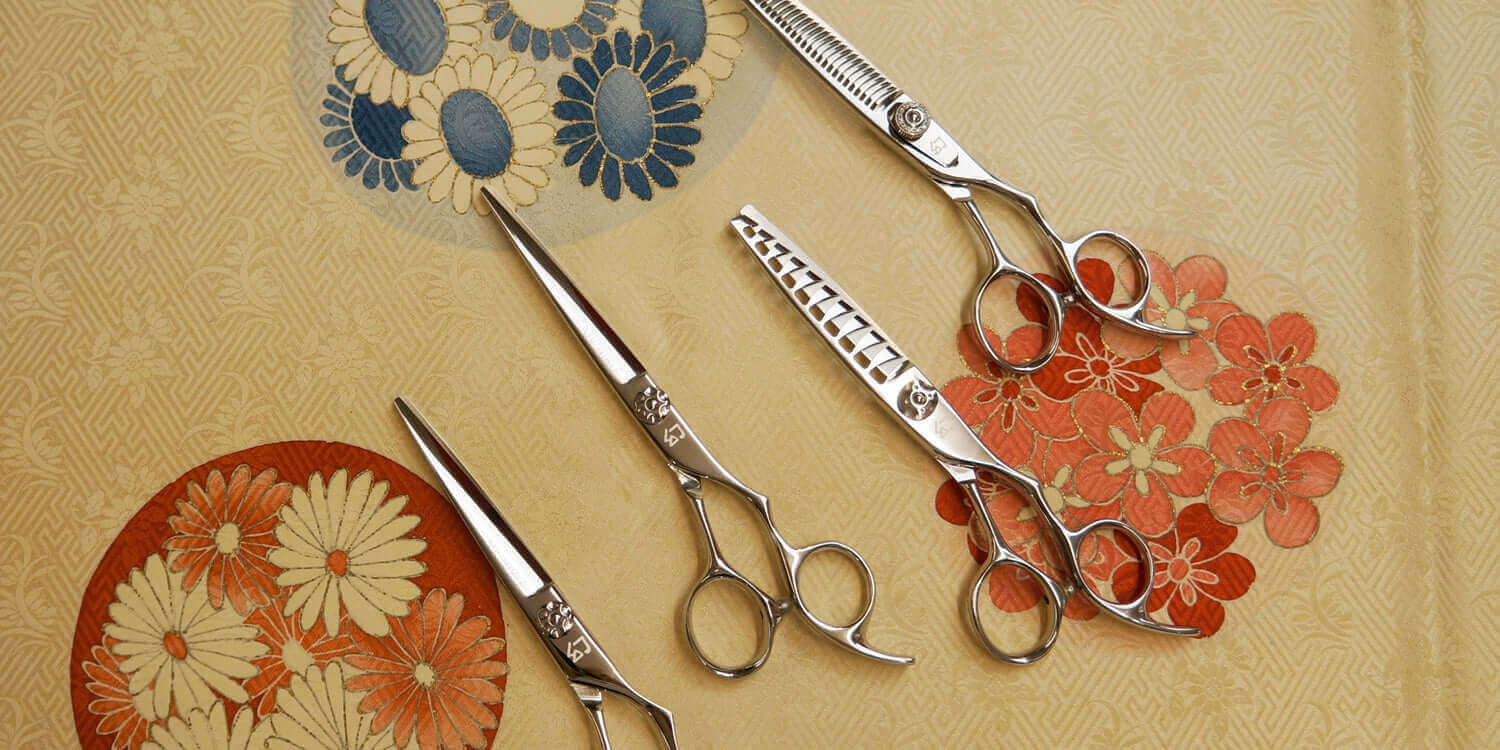
Hairdressing scissors are essential tools for professional stylists and barbers, designed to enhance precision, comfort, and cutting performance. Whether you’re cutting straight lines, adding texture, or reducing bulk, choosing the right scissors can make all the difference. In this guide, we’ll explore the different types of hairdressing scissors, their uses, and the key features to look for when making your selection.
Types of Hairdressing Scissors
1. Straight Cutting Scissors
Also known as standard or classic scissors, straight cutting scissors are the go-to choice for most hairstylists and barbers. Featuring two symmetrical blades, they are perfect for creating clean, blunt cuts and performing general cutting tasks.
Common Uses:
-
Cutting straight lines and blunt ends.
-
Trimming and shaping hair.
-
Performing classic barber cuts.
2. Thinning Scissors
Thinning scissors are equipped with one or both blades serrated with fine teeth. These scissors are designed to reduce hair volume without sacrificing length, making them ideal for blending layers and softening harsh lines.
Common Uses:
-
Removing excess bulk from thick hair.
-
Blending layers for a natural look.
-
Softening lines and edges for seamless transitions.
3. Texturizing Scissors
With fewer, wider teeth compared to thinning scissors, texturizing scissors create more volume and movement. They are ideal for stylists looking to add texture or enhance layered styles.
Common Uses:
-
Creating textured, voluminous hairstyles.
-
Adding dimension to fine or flat hair.
-
Enhancing movement in layered cuts.
4. Left-Handed Scissors
Designed specifically for left-handed professionals, these scissors feature reversed blades for optimal cutting visibility and comfort, reducing hand strain and enhancing accuracy.
Common Uses:
-
Providing ergonomic comfort for left-handed stylists.
-
Reducing hand fatigue during prolonged use.
-
Ensuring precision in left-handed cutting techniques.
5. Swivel Scissors
Swivel scissors come with a rotating thumb ring, allowing for greater flexibility and reducing wrist strain. These ergonomic scissors are favored by stylists who perform precision cutting techniques for long periods.
Common Uses:
-
Reducing wrist and hand fatigue during extended cutting sessions.
-
Achieving complex angles with ease.
-
Improving control for intricate hairstyles.
Key Features to Consider When Choosing Hairdressing Scissors
When selecting professional hairdressing scissors, it’s essential to consider the following features to enhance your cutting experience:
1. Blade Type:
-
Convex Edge: Smooth, sharp, ideal for slide cutting and precision techniques.
-
Beveled Edge: Durable, great for blunt cuts and everyday use.
2. Handle Design:
-
Opposing Grip (Classic): Symmetrical handles; may cause strain with prolonged use.

-
Offset Grip: Offers ergonomic comfort by reducing thumb movement.

-
Crane Grip: Provides a natural hand position, minimizing wrist stress.

Final Thoughts
Investing in the right hairdressing scissors can elevate your styling skills and ensure your clients receive the best cuts possible. Whether you’re a barber cutting clean lines or a stylist crafting layered looks, choosing the right scissors tailored to your technique will enhance both comfort and performance.
